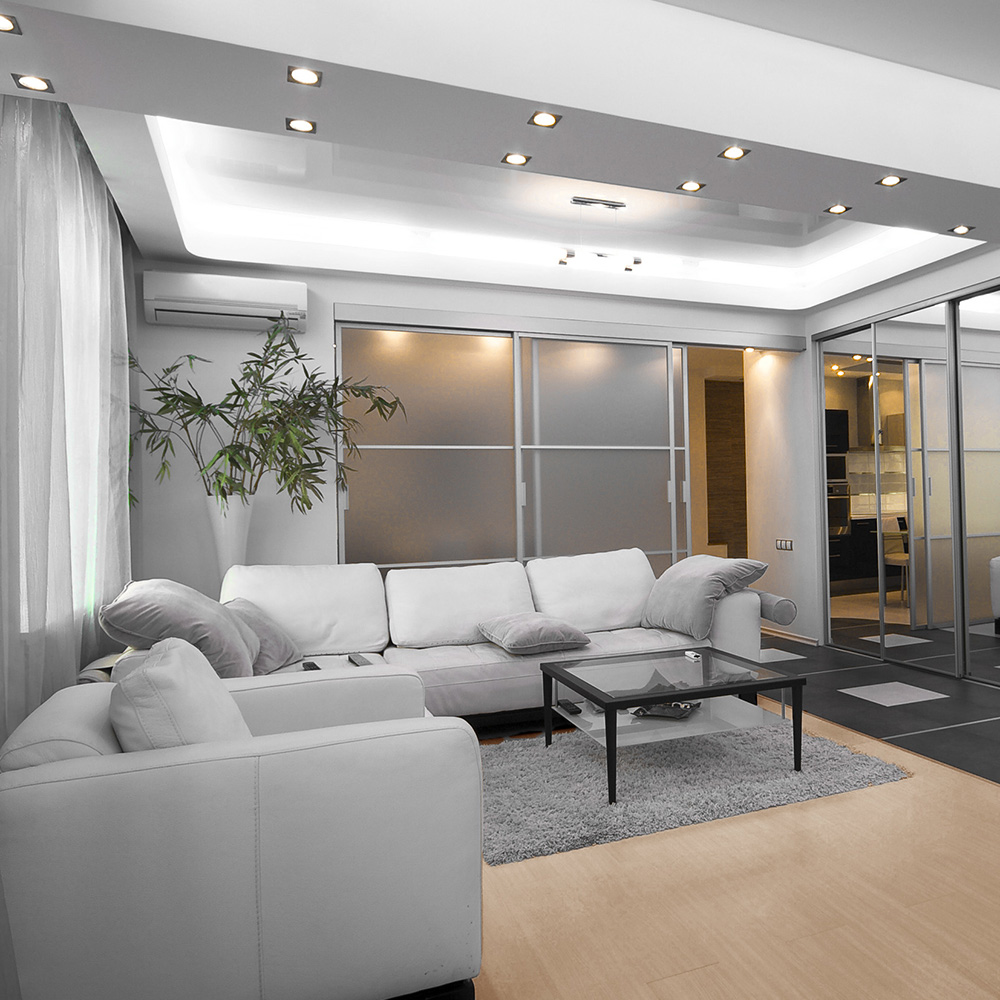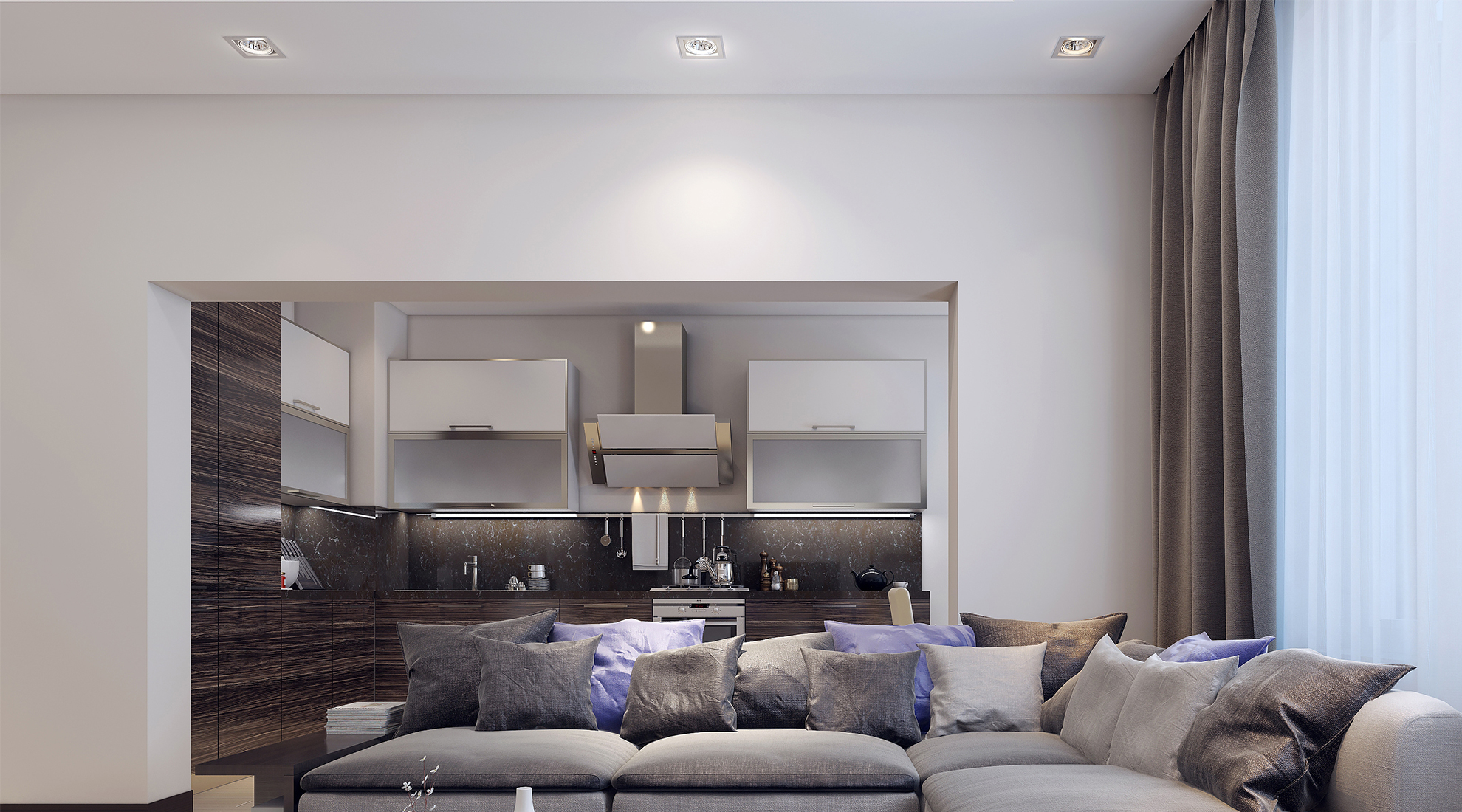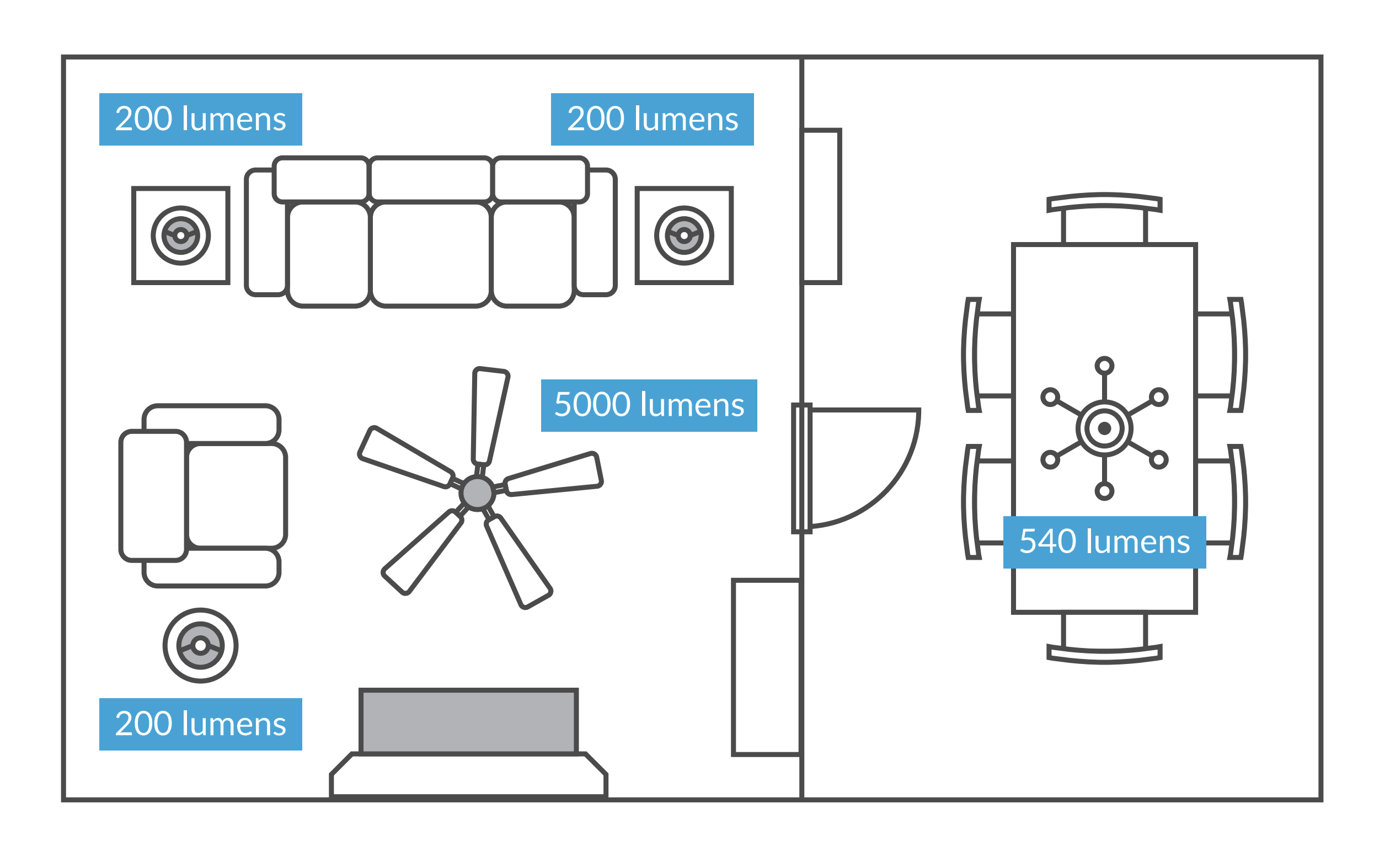Multiply the square footage of the area by 1 5 which is the number of watts per square foot that the average residential space requires.
Recessed lighting lumens per square foot.
Lighting designers often use lumens per square foot to ensure a home has sufficient lighting.
Divide the total number of lumens by the efficiency of the bulb and round up to figure out the number of bulbs.
Result may defer according to spacing layout of led lights and position from wall.
A 100 square foot dining room which needs 30 40 foot candles will need 3 000 4 000.
Multiply by that 1 5 to get the number of watts needed for that space.
L 538 2 4 1291 lumens.
Commercial spaces like retail stores can utilize many of the same light types but they may not require the same number.
The higher the lumens the brighter the bulb.
Then choose the type of a light bulb you want to use.
So to get the number of lights you ll need in the room first measure to get the room s square footage.
Industrial spaces often require more lumens per square foot because of the complicated potentially dangerous nature of work being performed.
This lumen calculation formula is using predefined standard lux levels required for different room types.
This gives you the total required wattage for the space.
For example a 100 square foot living room which needs 10 20 foot candles will need 1 000 2 000 lumens.
In practical terms lumens tell you how bright a light bulb is.
For general lighting purposes you ll want to provide 1 5 watts of lighting per square foot of space in the room.
Light bulbs and some lighting fixtures carry a specific lumen value.
In your dining room you ll want about 30 lumens per square foot on your dining table to see not examine food so if your table is 6 x 3 feet that s 540 lumens.
The basic calculation is very simple.
Let s assume you re using a standard bulb that emits 800 lumens for the kitchen and small led lights that emit 200 lumens each above the counter.



















